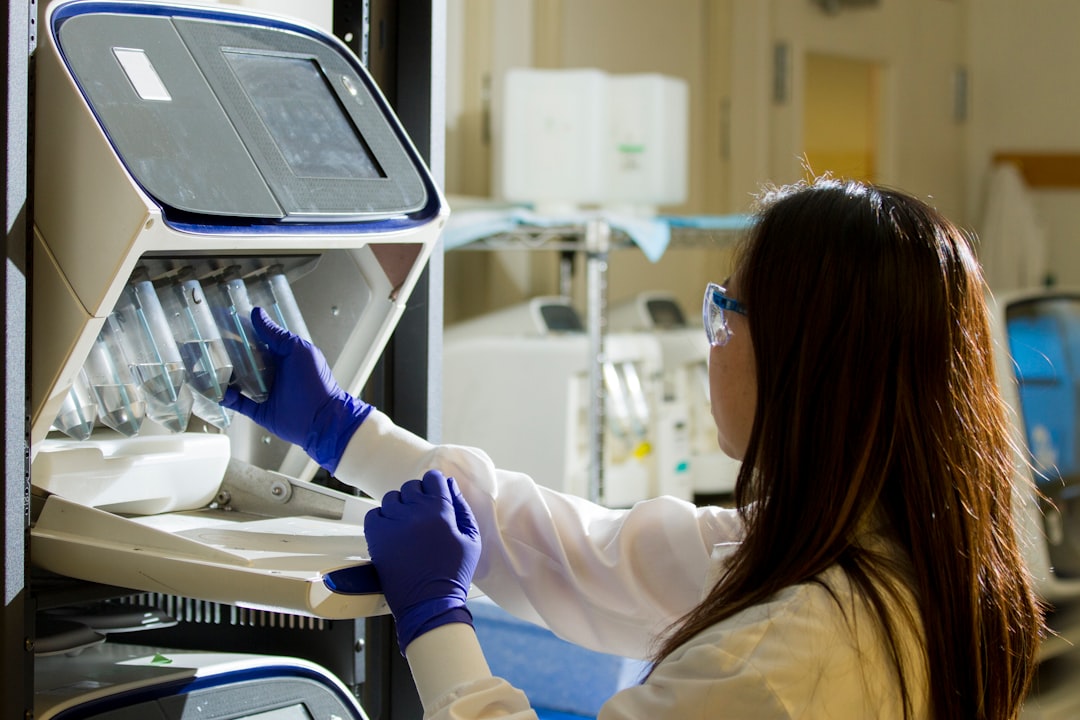What is it about?
The bacteria Staphylococcus aureus, a common cause of skin (and other more serious) infections, often contains rings of DNA that are distinct from the genome DNA of the bacteria itself. These rings of DNA are sometimes like genetic parasites, but often they provide advantages, such an resistance to antibiotics. Many labs have worked with one such plasmid, pGO1, for many years, but with no knowledge of its full DNA sequence. We determined this sequence, mapping some of the history of origins.
Featured Image
Why is it important?
The plasmid pGO1 is a prototype plasmid. It is the model for how other similar plasmids behave, and it has been used for years as a tool to study how plasmids can move from one bacterial cell to another. By providing a complete sequence we can better manipulate and understand the results from work with this plasmid. The plasmid incidentally turned out to be exactly 54,000 base-pairs long - a slightly distracting observation, but was coincidental and of no biological significance. Unfortunately.
Read the Original
This page is a summary of: Complete nucleotide sequence of pGO1, the prototype conjugative plasmid from the staphylococci, Plasmid, July 2009, Elsevier,
DOI: 10.1016/j.plasmid.2009.03.001.
You can read the full text:
Contributors
The following have contributed to this page










